Welcome to ‘The 7 Biggest Hair Myths’—a comprehensive exploration of common misconceptions surrounding hair care. In this informative piece, we will look at seven popular myths that have shaped our understanding of hair care procedures.
From the truth behind trimming for growth to realities about hair coloring, we reveal the actualities behind these widely accepted belief systems. Join us as we dispel these fallacies and share in the experience that empowers you to make informed choices about your daily routine for your scalp.
1. Shampooing Every Day
This division aims to erase one common idea, which implies that washing your hair every day is compulsorily necessary for its cleanliness and health status. This might be false since excessive use of shampoo on the head can remove essential oil from it leading to a dry scalp and sometimes irritation, also resulting in more oil production by the scalp trying to fight back.
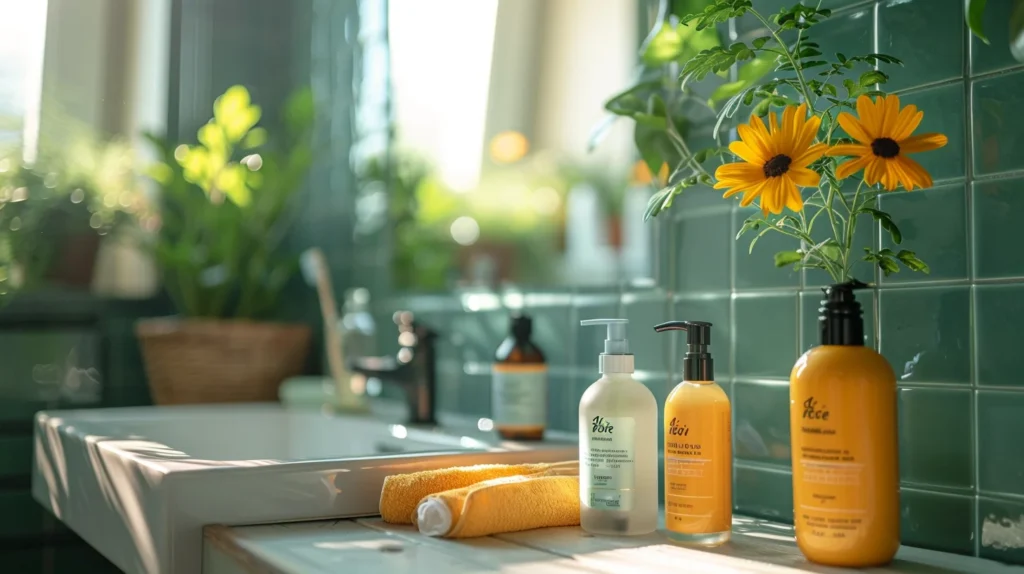
Experts suggest that for most types of hair, washing every other day or even less frequently can suffice, thereby allowing natural oils produced by the scalp to enrich and safeguard your hair.
Moreover, individuals should consider personal preferences when shampoos are concerned. For instance, people with greasy scalps or those who involve themselves in activities that produce sweat may need frequent shampoos while people with dry or wavy locks may opt for fewer washes so as not to strip away moisture thus avoiding a frizzy look.
Additionally, using a gentle shampoo devoid of sulfates after which applying a moisturizing conditioner will keep balance between necessary oils on the scalp and loss through hair. By breaking down this myth of everyday shampooing and supporting individualized approaches towards caring for their hair people can acquire stronger strands with no unnecessary stripping or detrimental effects.
2. Trimming Makes Your Hair Grow Faster
This category eliminates the idea amongst many people who believe that cutting their hair often makes it grow faster than usual pace. It is important to highlight that regular hair trimming can prevent split ends from progressing up the hair length. However, such procedures do not in the way change the rate at which the hair grows from its roots.
Here, hair growth occurs on the scalp where new strands are produced by follicles at a rate predetermined through factors like health status, diet, and genetics.
Understanding this myth is important for managing expectations of hair growth. However, regular trims don’t accelerate the development of hair strands on one’s head.
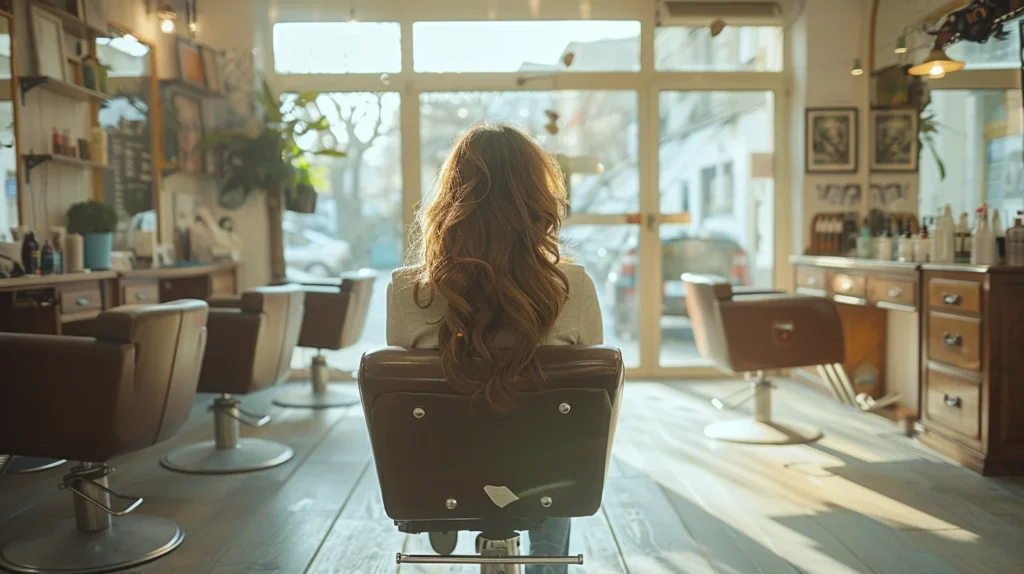
Instead, balanced hair care routines which involve various nutrient-enriched products, eating healthy foods with minerals and vitamins as well as reducing heat and chemical-related damages could be used for optimal development of hair and maintaining their general condition.
By dismissing the perception that haircutting quickens natural growth people will approach their scalp treatment more knowledgeably thus achieving desired lengths without compromising their appearance or health.
3. Hair Coloring Leads to Permanent Damage
The category is countering the myth that hair coloring inevitably results in permanent damage. Although, indeed, some hair coloring procedures like those involving bleaching or strong chemical agents can cause harm when done improperly, advancements in hair color technology have significantly reduced these risks.
Modern hair color formulas typically include conditioning polymers and nourishing ingredients that aid in safeguarding and reinforcing the hair during the coloring process.
There has to be a proper awareness of the potential impacts associated with applying dye to your head and how to avoid any harmful consequences that may hurt your hair’s health if not properly taken care of. Balayage and ombre techniques enable one to achieve subtle color variations with minimal damage while semi-permanent or demi-permanent dyes provide temporary color without harsh chemicals.
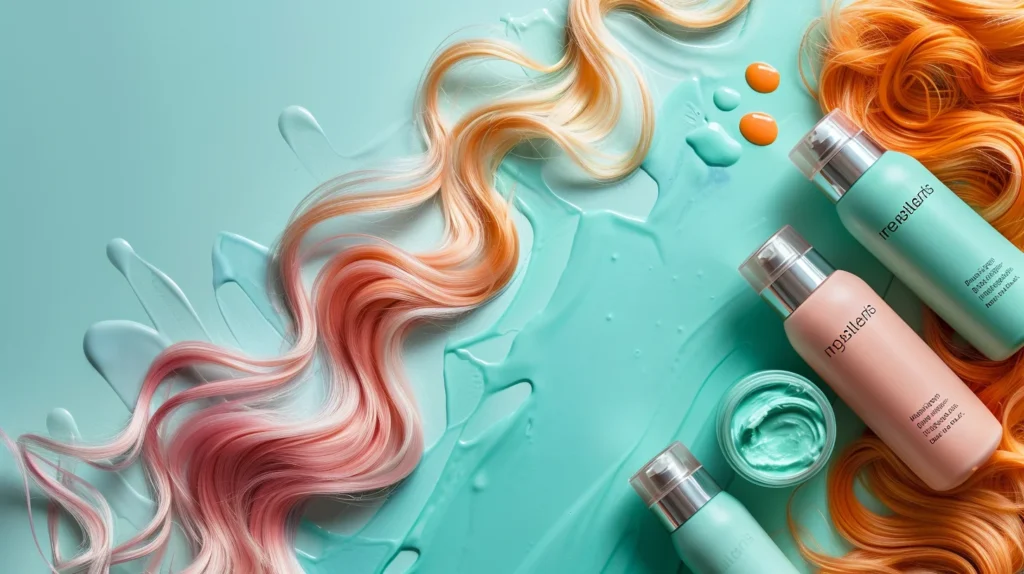
Moreover, the use of deep conditioners, hair masks, as well as thermal protectants, aids in retaining moisture and making stronger colored tresses post-process thus reducing chances of ruin and ensuring their soundness. The reason this myth should be debunked is to empower people by allowing them to try different colors on their hair hence maintaining their hair’s healthy appearance.
4. Brushing 100 Times per Day for Healthier Hair
This category seeks out the age-old misconception that brushing your locks 100 times every day will lead you to better healthy strands. It is not always true that excessive brushing does more good than anything else according to common belief. Over-brushing can increase the friction and tension on your hair causing breakage, split ends, and damaged cuticles.
Instead of focusing strictly on a specific number of brush strokes, what matters more is using a gentle touch when handling your strands. Choose brushes made with soft bristles or wide-toothed combs that do not pull too hard especially when they are wet hence more vulnerable to harm.
Begin brushing from the ends before moving up towards the roots as this helps untangle knots without putting undue pressure on the hair shaft. Also, individuals having curly or textured hair can lower the frequency of brushing for them to retain the natural oils and prevent unnecessary breakage.
Thus, by debunking the myth of brushing 100 strokes a day, people can opt for a softer approach to their hair thereby ensuring stronger and healthier growth in the future.
5. It’s always better to air dry than blow dry.
This section tackles the misconception that air-drying your hair is always better than using a blow dryer. Nevertheless, air-drying can be a gentle method of drying hair but it is not always best for all types of hairs or situations.
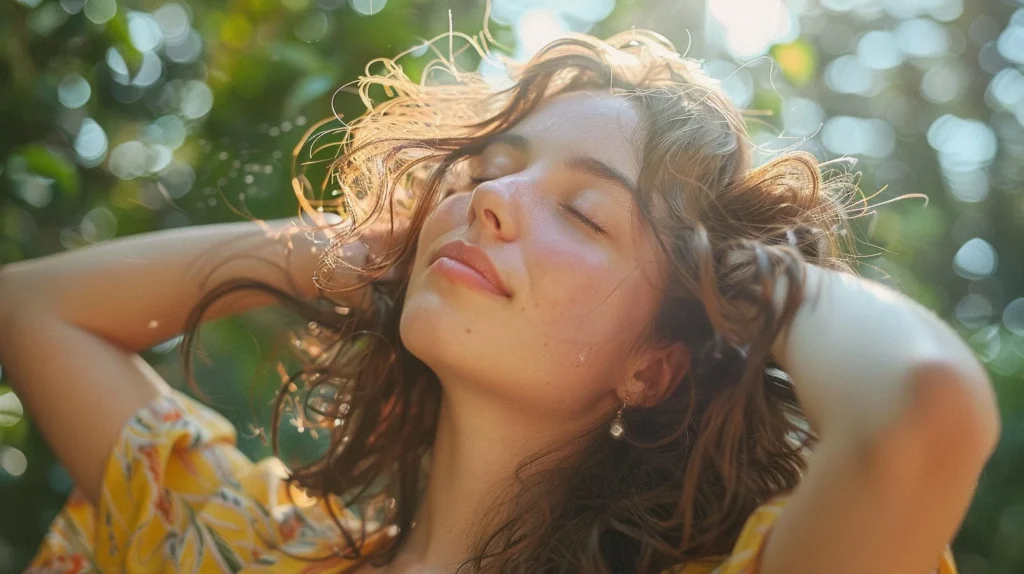
In humid climates, air drying might result in more frizz and longer drying times whereas blow drying can give more control and efficiency.
It is therefore essential to look at the advantages and disadvantages of each type of drying to make an informed decision about which method will suit one’s hair best.
Blow-drying can be a quick way of styling while minimizing damage if done properly with a heat protectant on low or medium heat settings. On the other hand, those with delicate or easily damaged hair may prefer air drying since it avoids exposure to hotness which can cause heat-related damage.
By debunking this persistent myth that air drying is always better than blow-drying, people can make sound choices concerning their unique requirements for their hairs thus ending up having healthier and manageable hairs.
6. Natural Oils Can Fix Split Ends
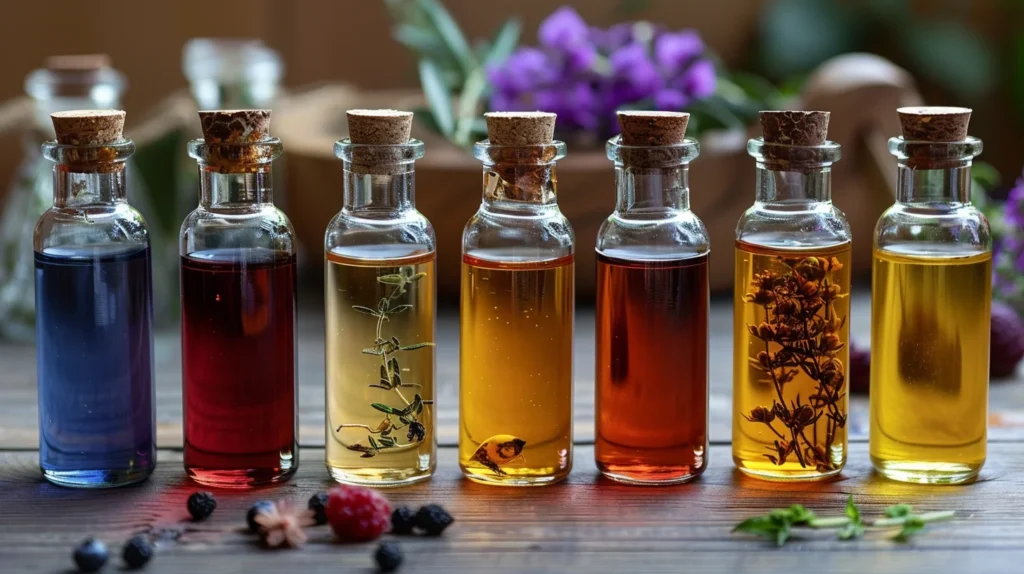
This category explores the misconception that natural oils have to repair properties capable of fixing split ends. Nonetheless, natural oils such as coconut oil, argan oil, and olive oil may offer temporary moisture and shine but they cannot repair split ends once they are already formed in your hair shafts.
Split ends take place when the protective outer covering of the cuticle gets destroyed thereby starting to unravel; hence they need cutting off for good treatment.
One ought to understand how far natural oils go in fixing split ends on her hair to maintain healthy locks. Oils moisturize your scalp thereby nourishing your hair but again they cannot undo structural damage that has occurred before you started using them on your head too often, especially during the winter season in case you live in a cold region.
Preventing split ends is better than trying to cure them with natural oils for instance when you get regular trims and also minimizes heat and chemical damage. By debunking the myth that natural oils can repair split ends, people can adopt proactive hair care practices that hereby lead to good overall hair health while ensuring less likelihood of such damage in the future.
7. Hair Texture Can’t Change
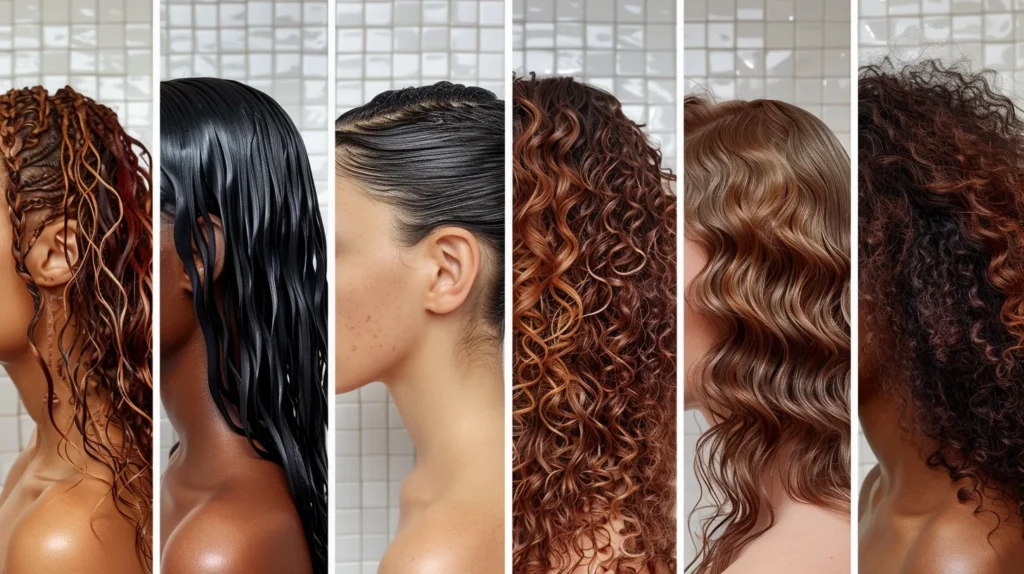
This category challenges the misconception that hair texture is fixed and unchangeable. However, various factors such as hormonal changes, aging, or environmental effects may shift your hair’s texture even though genetics mostly dictate what types of hairs an individual will have naturally at birth.
For example, the structure of a woman’s hair may change during pregnancy due to hormonal fluctuations or menopause resulting in alterations in either thickness, curl patterns, or texture.
By understanding this fact about the changing nature of one’s hair texture therefore individuals can adjust their ways of treating their hair accordingly. This may involve experimenting with different styling techniques, products, or treatments to enhance or manage your evolving hair texture.
Therefore people should understand that your hair is not static as opposed to believing so which makes it possible for one to change hairstyles anytime he or she feels like doing so since they know it can handle any other style given a chance without getting damaged at all if done within limits of his/her scalp conditions.

